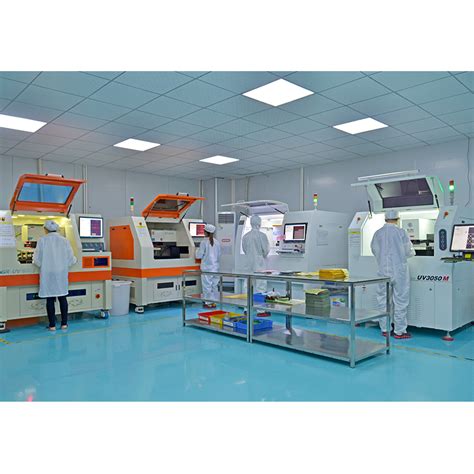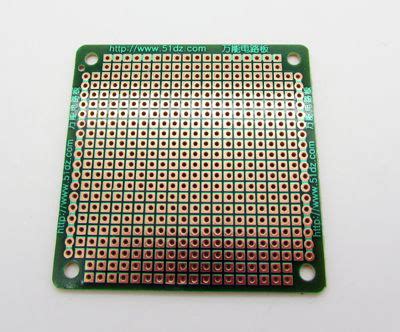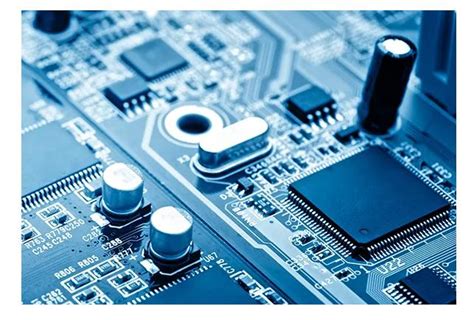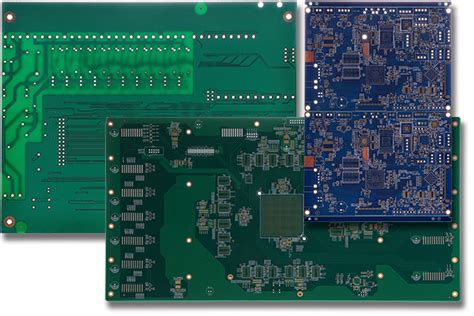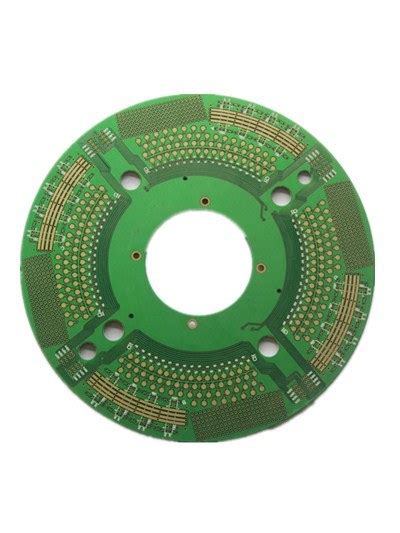Understanding Flex Circuit Fabrication Techniques and Benefits
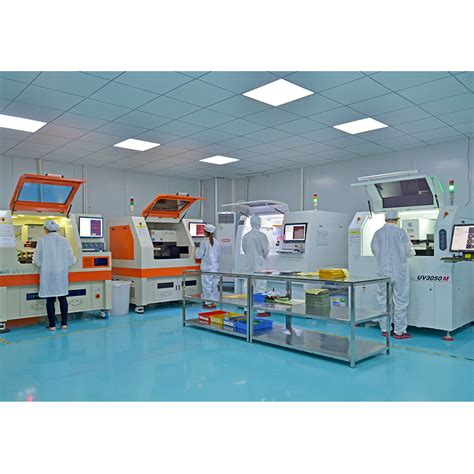
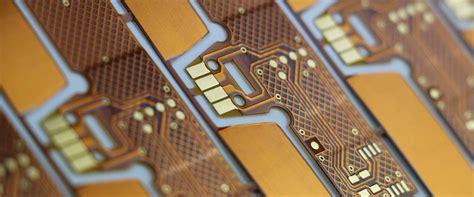
Introduction to Flex Circuit Fabrication
Flex circuit fabrication represents a significant advancement in the PCB manufacturing landscape, enabling designers to create more compact and versatile electronic components. By leveraging unique processes specific to flexible circuits, manufacturers can achieve a high degree of design flexibility, which is increasingly critical in today’s electronic applications. The essence of flex circuit fabrication lies in its ability to produce circuits that can bend, twist, and conform to different shapes without compromising functionality. This adaptability not only enhances product design but also streamlines assembly processes, leading to reduced PCB manufacturing costs. As you explore the landscape of PCB manufacturing companies, you’ll notice that those specializing in flexible circuits often highlight their capability to address challenges associated with traditional rigid boards. This innovation can catalyze substantial savings and efficiency improvements, thus presenting a compelling case for adopting flexible designs. Understanding these qualities is essential for anyone involved in the PCB manufacturing business, as it directly influences how projects are approached and executed, ultimately yielding products that meet the demands of modern technology seamlessly.
Key Techniques in Flex Circuit Manufacturing
In the realm of flex circuit fabrication, several techniques stand out as essential to producing high-quality, reliable circuits. One of the primary methods is photolithography, which allows you to create intricate circuit patterns on flexible substrates. During this process, a light-sensitive chemical is applied to the surface; UV light then transfers the desired designs, resulting in highly precise patterns. Another important technique is layer lamination, where multiple layers of conductive and dielectric materials are bonded to create a compact structure. This method not only enhances design flexibility but also ensures that you achieve superior electrical performance without compromising on reliability.
When you think about where to get your circuits manufactured, it’s valuable to consider pcb manufacturing companies that specialize in these technologies. The cost-effectiveness of your project can greatly depend on meticulous planning and selecting the appropriate techniques for design and production. Moreover, understanding the intricacies of pcb manufacturing cost can help you make better decisions when choosing materials and processes. For businesses venturing into this space, keeping an eye on the evolving capabilities within flex circuit technologies can give you a competitive edge in your pcb manufacturing business.
“The future of electronics lies heavily in flexible technology; embracing these techniques today will position your business as a leader tomorrow.”
By employing these advanced fabrication techniques, you’ll find that they not only enhance product design but also significantly boost the performance and versatility of electronic devices, aligning perfectly with advancing market demands.
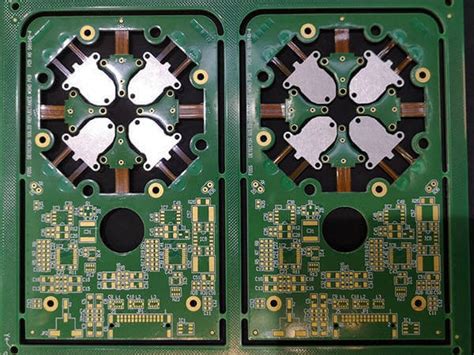
Comparing Flex and Rigid PCB Fabrication Processes
When evaluating flex circuit fabrication against traditional rigid PCB processes, it’s essential to recognize the distinct methodologies employed in each approach. Flex circuits, characterized by their ability to bend and conform to various shapes, typically utilize materials like polyimide, which allow for greater flexibility and lightweight designs. In contrast, rigid PCBs are constructed from inflexible substrates, such as FR-4, making them suitable for more static applications. The pcb manufacturing techniques differ significantly in terms of layout design, with flex circuits often requiring more intricate designs to capitalize on their bending capabilities. This results in more complex assembly processes, which is an essential consideration for pcb manufacturing companies planning to adopt these technologies.
Furthermore, while analyzing the pcb manufacturing cost, flex circuits can sometimes appear higher due to their specialized materials and assembly needs; however, the long-term benefits often outweigh initial expenses. The reduction in weight and increased design freedom can lead to significant cost savings over time, particularly in high-volume production settings where efficiency is paramount. Therefore, understanding how these differing fabrication processes influence your design decisions and overall project viability is crucial when positioning your pcb manufacturing business for success in a competitive marketplace.
Advantages of Using Flexible Circuits in Electronics
One of the primary advantages of using flexible circuits in electronics is their ability to provide exceptional design flexibility. Unlike traditional rigid PCBs, flex circuits can be bent, twisted, and folded without compromising functionality, making them ideal for compact electronic applications. This adaptability is crucial for devices that require a tight fit within limited spaces, such as wearables and portable gadgets. Additionally, the pcb manufacturing process for flexible circuits often leads to a reduction in overall pcb manufacturing cost, as fewer layers and materials may be required compared to standard rigid boards. By utilizing innovative techniques from leading pcb manufacturing companies, you can also achieve lighter-weight designs that enhance performance without adding bulk. Furthermore, the integration of flexible circuits can streamline assembly processes, resulting in shorter production times and decreased overhead for your pcb manufacturing business. This means you can pass on these cost savings to your customers while maintaining high performance and reliability standards in your products. As technology continues to evolve, the advantages of adopting flexible circuits become increasingly compelling, positioning you at the forefront of electronic innovation.
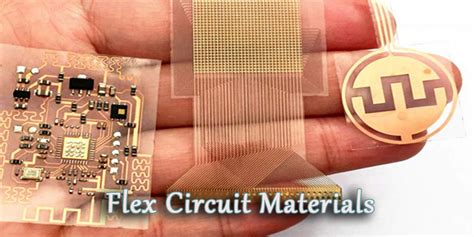
Cost Reduction Strategies through Flex Circuit Design
When considering cost reduction strategies in your pcb manufacturing processes, utilizing flex circuits can offer significant advantages. The unique design flexibility that flex circuits provide allows for more compact assembly, which can lead to substantial savings on materials and labor. Reducing the need for multiple rigid components can streamline production, cutting down on overall pcb manufacturing cost. Additionally, many pcb manufacturing companies have begun to recognize the potential of integrating flex circuits into their offerings as a means to remain competitive in a rapidly evolving industry. By consolidating the design of your electronic products with these innovative circuits, you can minimize the parts count significantly. This not only reduces procurement costs but also lessens the risk of failures due to mechanical stress or solder joint fatigue commonly associated with rigid assemblies. Overall, if you are looking to optimize your pcb manufacturing business, embracing flex circuit technology might be the key to achieving improved efficiency and reduced expenses in your production line.
Design Considerations for Flex Circuits
When engaging in flex circuit fabrication, it is crucial to consider a range of design factors that can significantly impact the performance and cost-effectiveness of your project. One of the primary considerations is the material selection; using high-quality substrates, such as polyimide, can enhance flexibility and durability, ultimately leading to a more reliable product. Additionally, understanding the pcb manufacturing process can help you avoid common pitfalls that may arise during production. You should also take into account the layer count and routing complexity since these elements influence not only pcb manufacturing cost but also electrical performance. If you’re working with pcb manufacturing companies, it is wise to communicate your design requirements clearly to ensure they can meet your specifications effectively. Furthermore, incorporating design for manufacturability (DFM) principles early in the design phase can lead to significant reductions in both time and expenses associated with your pcb manufacturing business. These considerations work together to create a robust design that benefits from the unique advantages of flex circuits while helping to keep costs manageable. By being mindful of these elements, you position yourself to leverage innovative solutions in electronic applications successfully.
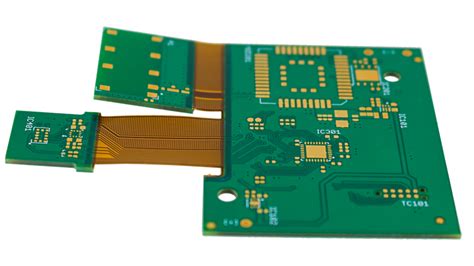
Real-World Applications of Flexible Printed Circuits
Flexible printed circuits (FPCs) have become indispensable in a variety of fields due to their unique attributes that enhance the capabilities of electronic devices. You can find them in consumer electronics, medical instruments, automotive components, and aerospace technology. Each of these sectors benefits from flexible circuits as they allow for space-saving designs and contribute to lower overall weights without compromising functionality. For instance, in consumer electronics like smartphones and wearables, FPCs enable compact designs that can fit in increasingly thinner devices while providing enhanced performance. In the medical field, flexible circuits are critical for devices such as portable monitors and diagnostic equipment, where miniaturization is essential for patient comfort.
Moreover, when considering pcb manufacturing, FPCs represent a substantial advancement over traditional rigid boards. The flexibility and adaptability of these circuits lead to significant savings in pcb manufacturing costs, allowing for greater innovation without the burden of excessive expenses. Additionally, pcb manufacturing companies are continuously exploring new materials and techniques to improve FPC performance further while reducing costs associated with production. Overall, the integration of flexible printed circuits into various applications not only streamlines designs but also supports evolving technological needs—making them a vital component within the pcb manufacturing business landscape.

Conclusion
In conclusion, understanding the intricacies of flex circuit fabrication is essential for anyone involved in pcb manufacturing. These innovative techniques not only provide substantial benefits in terms of design flexibility but can also lead to significant reductions in pcb manufacturing costs. By exploring various options available in the realm of flexible printed circuits, you can effectively leverage the advantages they offer, thus gaining an edge over competitors. Companies engaged in this area typically prioritize collaboration with reliable pcb manufacturing companies, ensuring a seamless transition from design to production. Moreover, adopting these methods can enhance your pcb manufacturing business, especially when targeting markets that demand compact and adaptable electronic solutions. As you consider these factors, the potential for cost savings and increased performance makes flexible circuits an attractive choice for modern electronics. Understanding these dynamics allows you to make informed decisions that will positively impact your projects and overall profitability.
FAQs
What are the main differences between flex circuit and rigid PCB manufacturing?
The main differences between flex circuit and rigid PCB manufacturing include flexibility, design complexity, and application suitability. Flex circuits allow for bending and conforming to various shapes, while rigid PCBs are fixed in one shape. This flexibility can lead to unique design opportunities in compact spaces.
How can I estimate the PCB manufacturing cost for a flex circuit?
Estimating the PCB manufacturing cost for a flex circuit involves considering factors such as the complexity of the design, materials used, and volume of production. Generally, consulting with PCB manufacturing companies can provide a customized quote based on your specific needs.
What advantages do flexible circuits offer over traditional PCBs?
Flexible circuits provide numerous advantages, including reduced weight, enhanced design flexibility, consolidation of components, and improved durability in dynamic applications. This makes them particularly beneficial for advanced electronic applications in various industries.
Can I find affordable options among PCB manufacturing companies?
Yes, many PCB manufacturing companies strive to offer competitive pricing while maintaining quality standards. It is advisable to compare quotes and evaluate services to find the best option that aligns with your budget and requirements.
What industries commonly use flex circuits?
Flex circuits are commonly used in industries such as consumer electronics, aerospace, automotive, medical devices, and telecommunications. Their adaptability makes them suitable for applications requiring lightweight and compact designs.
Discover More About PCB Manufacturing Techniques
For further insights into PCB manufacturing, please click here.

